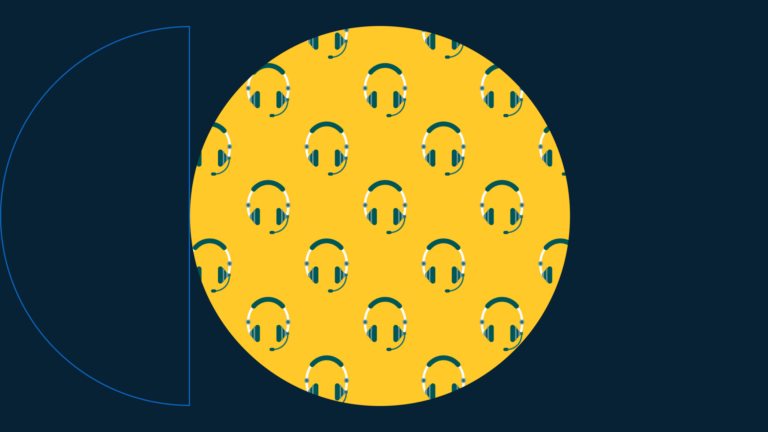The Smartest Content Strategist in the Room: Your Audience

My son likes Minecraft. A lot. He plays it all the time. He also watches videos about Minecraft. All kinds of videos. Mod reviews (mods are modifications you can make to Minecraft so you can play with, for example, monsters from the Aliens/Predators universe), Let’s Play videos (where you basically watch people self-comment on their gameplay), fictional series created in the world of Minecraft (there’s a whole Deadpool adaptation in there), music videos, and so on.

None of these videos were commissioned or distributed by MoJang, the company that created Minecraft, or by their corporate owner Microsoft. They were simply created by players to express, in many forms, their love of Minecraft. Now here’s the thing…
My son has never seen an advertisement for Minecraft in his life. But he downloads new mods for Minecraft ALL THE TIME.
The content ecosystem that has emerged from players for players around Minecraft is more impactful than any top-down advertising campaign MoJang could ever conceive. In fact, the smartest content strategist in the world could never come up with the subtlety and impact of that ecosystem, much less motivate or predict the user behavior that would enable it. But it exists nonetheless.
It is, in fact, more impactful because it comes from players.
This is an example of emergent content strategy. It is a strategy that emerges from user behavior instead of being cooked up by some brilliant strategist in some office somewhere. But it is no less effective.
Another Example: YouTube Creator Academy
YouTube has much to gain from its users being good at what they do. The better their users are at making good content and growing an audience, the more eyeballs those videos will get and the more ad revenue YouTube stands to gain.
YouTube has, in fact, created YouTube Creator Academy aimed squarely at helping creators get better at what they do. The advice offered isn’t necessarily the machinations of a bunch of YouTube execs pondering the best approach. It’s the result of studying thousands of successful YouTubers to understand what works and what doesn’t. They’re observing existing behavior and writing down the strategies that worked, not creating a strategy, recommending it, and seeing if it works.
YouTube did not create the strategy. They observed it.
As more platforms emerge that allow massively multi-participatory behaviors to take place, we’ll see more and more content strategies emerge from behavior rather than invention.
Does this mean content strategists are out of a job? Far from it. It means they now have access to an even more impactful tool for devising more effective strategies, if they can figure out how to harness it.
Steps to get started
Here are some starter steps in what is sure to be an exciting new world of content strategy.
1. Study Fan Culture
Fan culture is a great starting point for understanding how communities can collaboratively consume and create content at the same time, and the strategies for adding value that can emerge from those behaviors. Take a look at the work of Henry Jenkins for a primer.
2. Understand Which Lessons Can Transfer
Some of the strategies YouTubers and Minecraft enthusiasts have developed make sense in other environments, some do not. A lot of understanding the difference comes from understanding the audience of the organization developing the strategy. Is this an audience with similar goals they can rally around? Do they have, or can they have, a shared sense of community?
3. Recognize the Value of Me-Too Platforms
A lot of these strategies emerge when users have the ability to choose their own destiny and participate at a level they are comfortable with. Ask yourself if simply creating a platform or nurturing an environment where the users can start develop their own content strategies might in fact be the best content strategy.
4. Collaborate with Your Audience
What this points to more than anything is the wisdom of the audience when it comes to developing the best way to reach them and keep them engaged. Don’t be afraid to collaborate with your audience when creating your content strategy. They know more than you do about how, when, where, and why they want to interact with your content.



